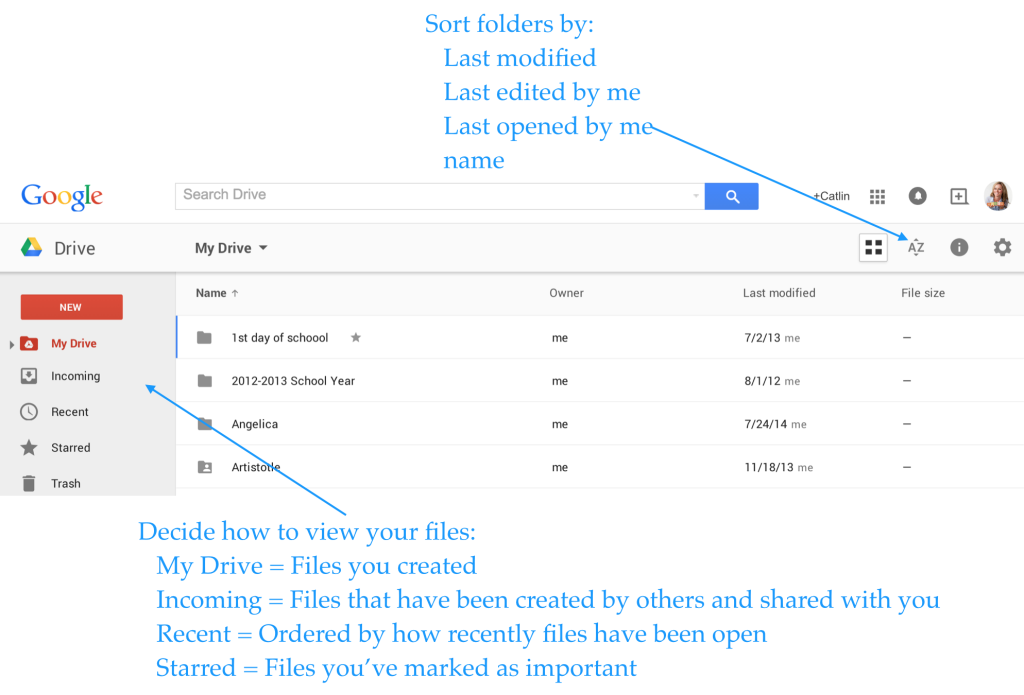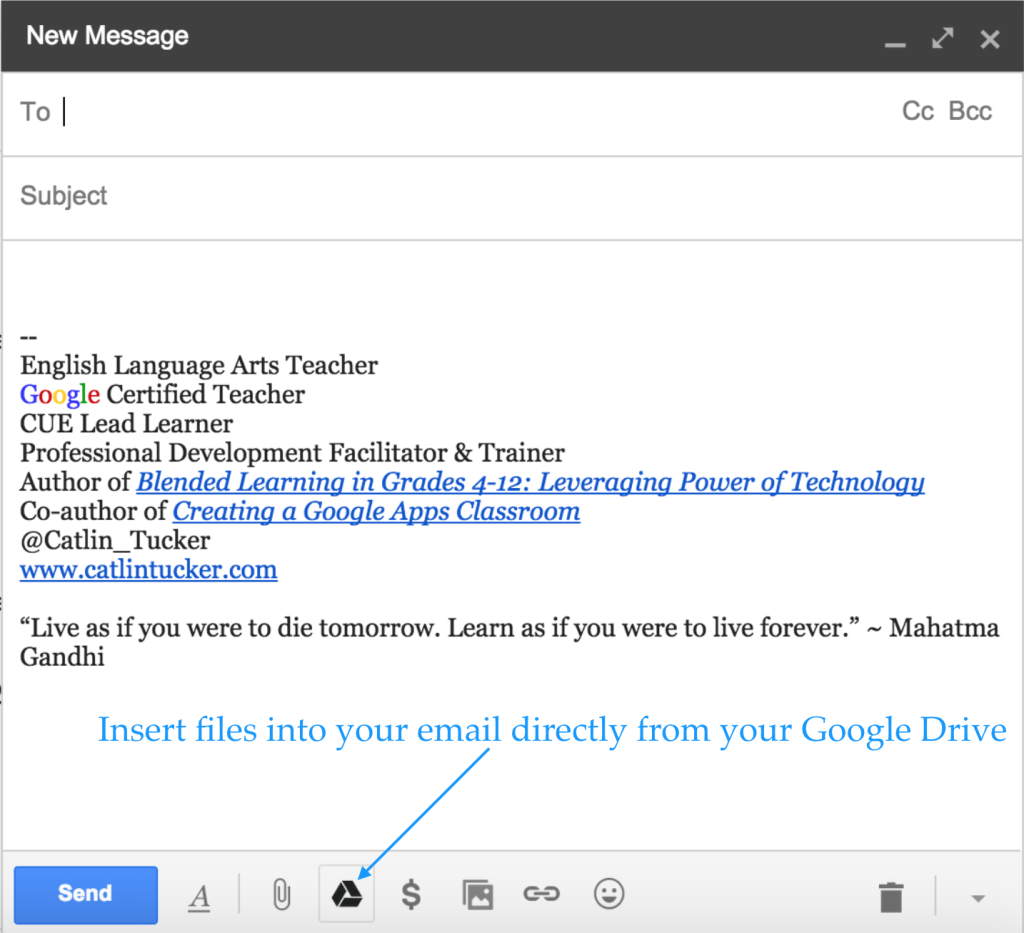When we play the perennial favorite game of Blaming Other Generations, we tend to focus on relative merits and deficiencies: which generation is more or less polite, hard-working, civic-minded, etc. One thing we don’t always talk about is what different generations are afraid of.
In terms of everyday fears and how we manage them, current and future generations have some reasonable fears that no previous generation is equipped to allay.
Digital Bogeymen
Just a few years ago, cyber threats barely made the list of the biggest concerns industry experts had about the biggest risks faced by corporations. Now, in 2017, the new Trump administration has already been dogged by accusations and ambiguity on issues of cyber security both on a personal and a national level. The nation and world are hyper-conscious of the risks–and opportunities–associated with cyber security. This has the appearances of being the new normal.
In the past we’ve had “stranger danger” to warn us about trusting unfamiliar faces; then there was the (mostly apocryphal) threat of razor blades or poisons lurking in Halloween candy; the 1980s brought schools the Just Say No program to handle the epidemic of drug abuse. Sad as it may seem, generations always have their touchstone public safety issues. Yet when it comes to cyber threats faced by kids today, there isn’t quite as snappy a name for what the problem is or what to do about it. And unlike Trick-or-Treating, it isn’t something likely to dissipate as they age–quite the opposite.
It is harder to teach stranger danger to kids for whom both the strangers, and the dangers they create, are invisible, blurred away by friendly user interfaces and the anonymity of the internet. Now that all our devices are smart and internet connected, it isn’t even just online behavior that needs monitoring, since all interaction with a device stands a decent chance of being recorded and shared online without any active indication of doing so. Social media is the new playground, and simply being present is enough to generate troves of personal data and an omnipresent virtual profile that is part public-facing, and part proprietary deposit box.
Responsibility Isn’t Just Personal
We know age and judgement don’t always go together–historically, that led to things like legal drinking ages, guardianship laws, mandatory schooling. Putting age restrictions on the use of internet-capable devices is obviously a non-starter. The risks associated with careless behavior online or around computers can put everyone online in peril. One unsecured user can compromise an entire system; that could be a family computer, a shared phone, a public library, or even an airport or hospital.
Good judgement is even harder to teach online than in driver’s education. Every year, more and more taxpayers are defrauded by simple scams leveraging technology to impersonate authorities. Stranger danger has gone digital, with all the associated risks taken to a global scale.
Equipping kids today with the skills and understanding they need to stay safe online is no longer a matter of personal security or individual responsibility. The threats are just too complex for that. Cyber security and online behavior is now a matter of civic duty, community service, and good citizenship all rolled into one.
Learning to Survive
None of this is to say that we should be teaching kids to fear their phones, computers, or technology. Technology is as powerful a learning tool as it is a liability.
Kids benefit from early exposure to modern tech devices. Blending tech with teaching scales our ability to personalize learning, to reach both at-risk and high-performing students at their level, and get them where they need to be. Teaching modern youths how to do their own research and learn about the world they live in virtually demands the use of computers and phones. Gamification promises to make lessons relevant, engaging, and improve retention, and increasingly relies on technology to work its magic.
And whether it happens at home or in the classroom, modern kids are growing up impressively familiar with their digital devices. But it is a mistake to think that the younger generations, by virtue of being more inherently tech-savvy, are also more conscious of risk, security, and privacy. Very likely the opposite is true, given just how much technology has done to erode not just our privacy, but our expectations of privacy. It is a quick jump from privacy to security online.
Life Lessons
The first thing we need is to stop looking at cyber security out of self-interest, and teach it as a matter of collective importance. The odd employer, university, or public library may set standards to bolster security, but kids would be better served learning to think about cyber security the same way they do about showering. It is good for you, and for everyone around you, and it shouldn’t be up to someone else to remind you to do it.
We might also consider the limitations of the fear-driven approach to education that underpinned everything from stranger-danger to Just Say No. Fear has its limits, especially when the threat is abstract or hidden. Teaching kids to take pride in being vigilant about cyber security early on primes them for a lifetime of awareness and purposeful behavior.
Whatever we do, we owe it to our kids as well as ourselves to teach cyber security as a core subject in school–and at home. It has finally become that important. And unlike the odd literature project or bit of historical trivia, there won’t be anyone asking, “When will I ever use this?”





